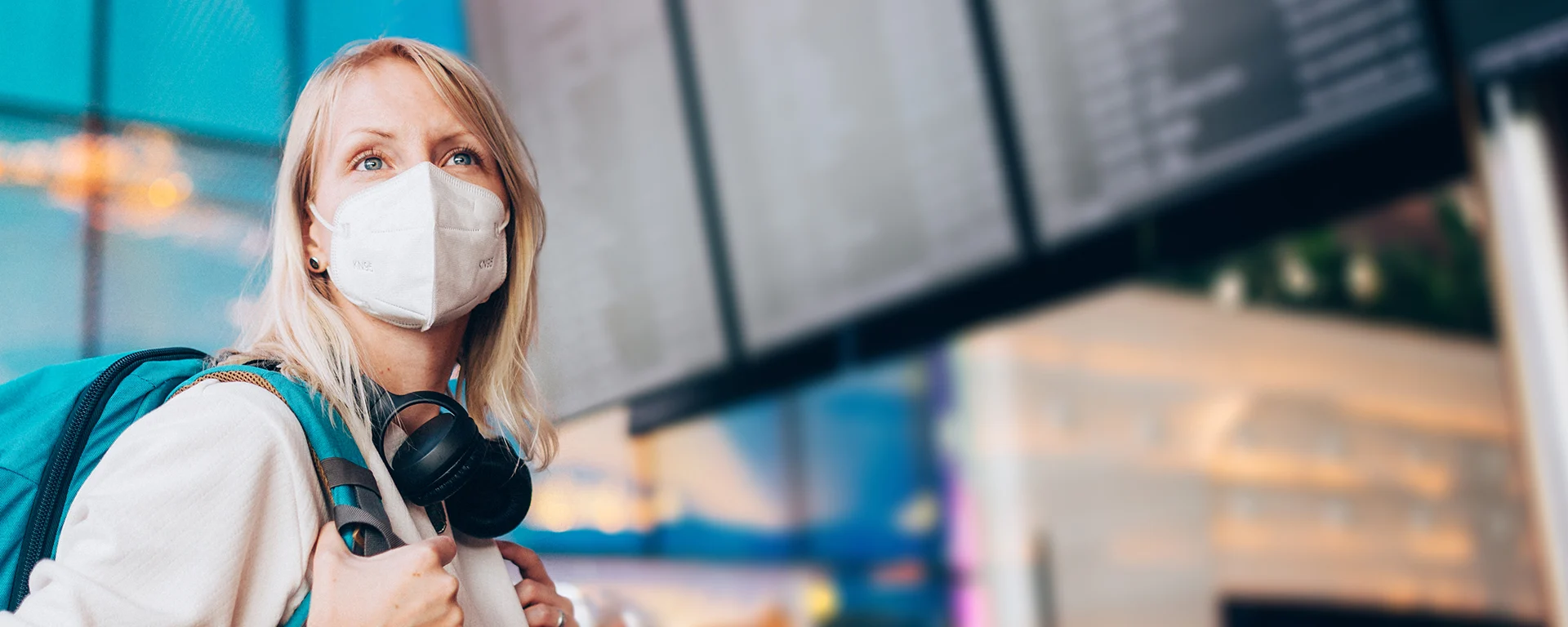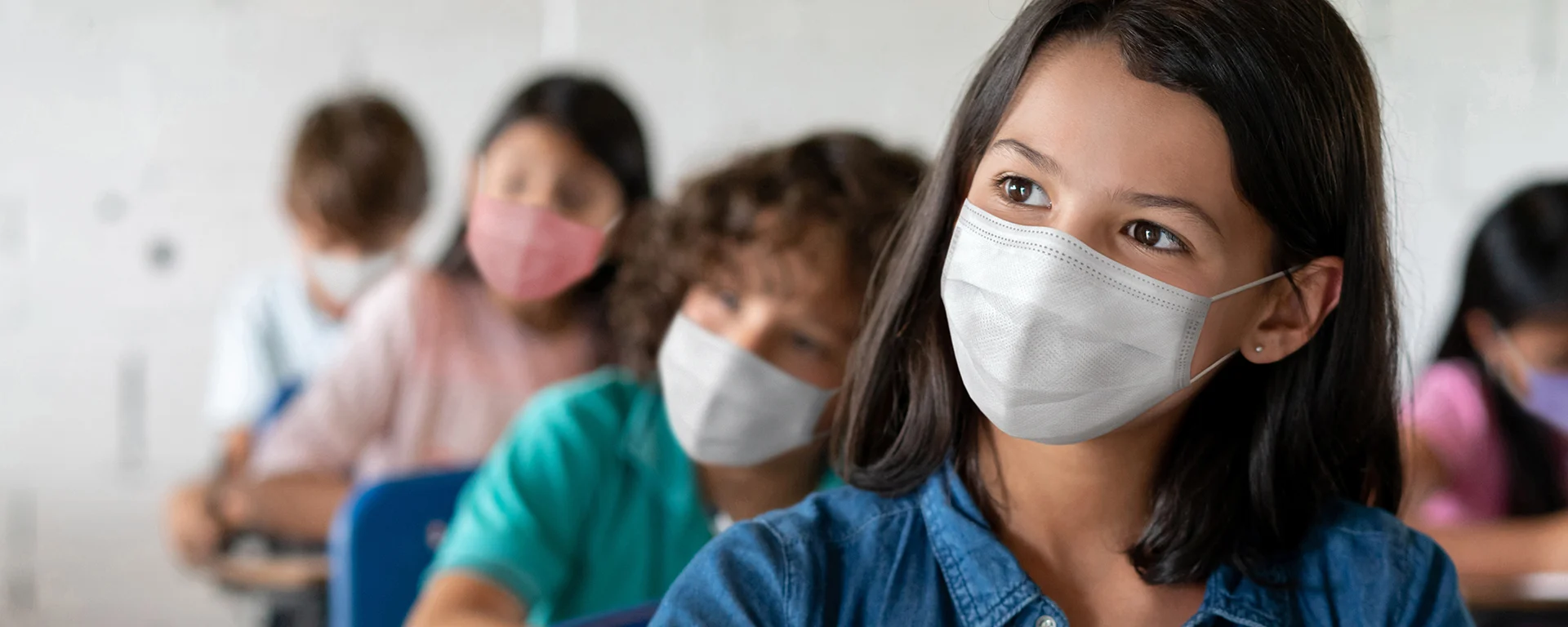Return to the Office
How to go back in to work without bringing COVID home.
As of December 15, 2022, this post will no longer be updated.
Working from home was once a novelty for an average office-dwelling professional. Now it’s the norm. But many companies always planned to bring workers back to the office, even if new COVID variants kept pushing that return back.
Recently, those companies have been dusting off their return-to-work slide decks and welcoming employees back into the office. It was newsworthy when large corporations, like Goldman Sachs, asked workers to come back in. But many ofthese companies have extensive resources to support vaccine mandates, testing programs, and other policies that ensure the office is a safe environment. However, the majority of office workers are employed by smaller companies without these resources.
For those folks, how safe is it to return, really? The answer is: it depends on the situation in your office.
Level of virus in the community – If there is a lot of virus in the community where you work, it’s more likely that one of your coworkers will be infected and spread it to you. You can check the COVID-19 Community Level for the county where you work here. If levels in your community are low, then all the other risks listed here will be lower, too.
Close contact – If you’re sitting shoulder-to-shoulder with your coworkers at a set of shared desks, you’re at higher risk than if you’re spending all day alone in your private office.
Duration of contact – If you’re chained to your desk for most of the day near an infected person, or you spend most of the day in crowded conference rooms where someone may be infected, you’re more likely to contract the virus.
Number of contacts – If you’re meeting with many different people throughout each day, you’re more likely to be exposed to someone who is infected.
Ventilation – If your workplace’s HVAC system isn’t well maintained, the virus is more likely to spread around. Offices can also keep the air cleaner by using HEPA filters and (if the ceilings are high enough) UVGI air cleaners.
Mask usage – If you and your coworkers wear high-quality masks, it’s less likely that an infected person will be able to spread the virus.
The WhenToTest COVID-19 Workplace Testing Planner can be used to help you figure out how safe your workplace is. While the Planner was designed to help school and business leaders customize a COVID-19 safety program that meets their needs, an individual can also use it to consider the risk level of their workplace. If the Planner says “outbreak likely,” you may want to reconsider going back in — or, at a minimum, wear a high-quality mask at the office.






